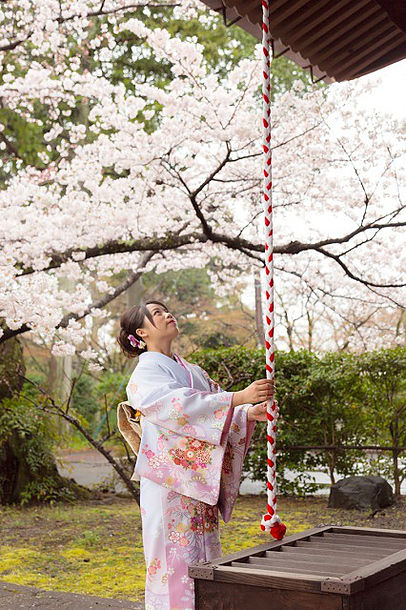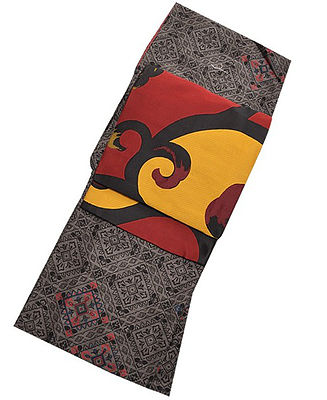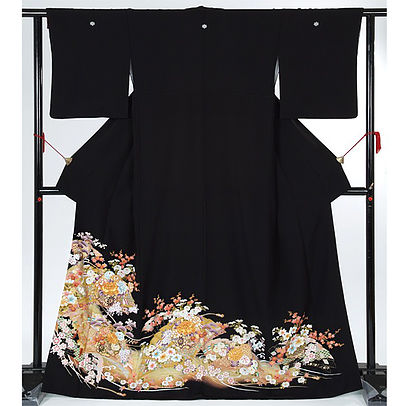京都着物レンタル夢館
Happy New Year to you all !
Today, I would like to start this year’s my first post by introducing the varieties of Kimono (着物).
For me, the most frequently asked questions are:
1) what’s the difference between “Homongi (訪問着, Kimono for visiting)” and “Tsukesage (附下, less formal Kimono than Homongi)”?, and
2) does “Komon (小紋)” mean Kimono with small patterns?
Well, Kimono has two types of materials, namely, “Some (染め, dyed fabric)” and “Ori (織り, woven fabric)”. The most formal attire for married women is dyed fabric Kimono called Tomesade (留袖), usually worn at wedding ceremonies.
The second formal Kimono is Homongi I mentioned above, which is also made of dyed fabric featuring one panoramic drawing throughout the Kimono from shoulders, chest, sleeves and the lower skirt part when unfolded. On the other hand, Tsukesage has patterns drawn upwardly but not like a piece of one drawing.
Komon (小紋) is a casual outfit and has countless varieties of patterns. The pattern can be small, big, or anything, and many Kimono lovers challenges their bold and unique coordination nowadays.
The most famous Ori Kimono is Tsumugi (紬, pongee fabric). Originally, Tsumugi was regarded as casual outfit for daily use, however, some of them are extremely expensive. Features vary depending on the region, and its deep and subtle charms have been enchanting so many Kimono fashion masters. Nowadays, Tsumugi-like fabric Kimono are on the market at low prices.
Click here to see the blog by former MAIKO “Do You Know?”



#BeautifulKimono #AdultKimono #kyoto #kyotoculture #japanculture #Kyoto



